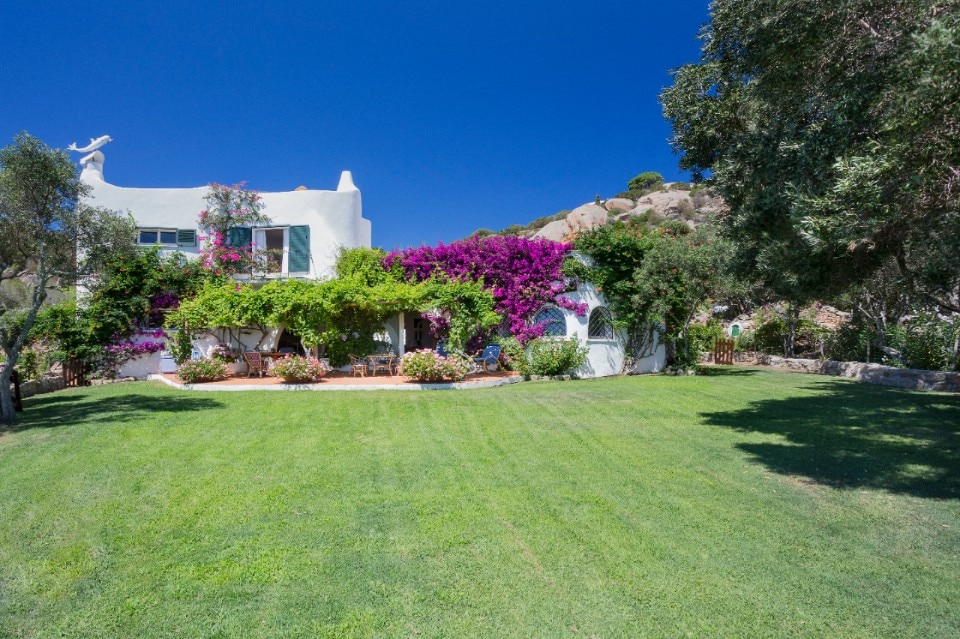John Duncan Miller, deputy of the International Bank for Reconstruction and Development (the bank for the reconstruction of post-war Europe), during a cruise on a yacht made to check the state of the fight against malaria in Sardinia, landed at Cala di Volpe, where he was totally dazzled. Back to London, he then convinced some friends – including Aga Khan, Giuseppe Kerry Mentasti, Patrick Guinness and René Podbielski – to invest in a major tourism project, now known all over the world under the name of Costa Smeralda.

Thus, on March 14th of 1962, in front of the notary Mario Altea of Tempio Pausania was born Costa Smeralda, a consortium made to plan the tourist development of 1800 hectares of land, between Liscia di Vacca and Porto Cervo, Cala di Volpe, Capriccioli and Romazzino. From an architectural and landscape design point of view, Costa Smeralda represents a unique – and at the time futuristic – case, which has preserved the coast while maintaining the natural characteristics of the landscape, with an Architecture committee that had to approve every single real estate project. The style had to be strictly Mediterranean with low constructions, simple and irregular shapes which seems almost modeled by the wind and made with local materials – such as juniper beams, granite and soft colors.
It is in this scenario that Ulivi Estate fits in, in Porto Rafael, a few minutes from Porto Cervo. Overlooking the sea, facing the national park of the Maddalena archipelago, the property consists of two large villas – a main one of about 430 square meters, built in 1969 by architect Michele Busiri Vici, and another one for guests. Surrounded by 3 hectares circa of land, which host generous outdoor spaces, the estate has also a direct access to the sea and a private water reserve, thanks to a 143-meter deep well.
The selling price for the entire property is 14 million euros.

Inspired by nature
Fast, a company founded in 1995 in Valle Sabbia by the Levrangi family, is specialised in outdoor furniture, representing the best of made-in-Italy quality.












